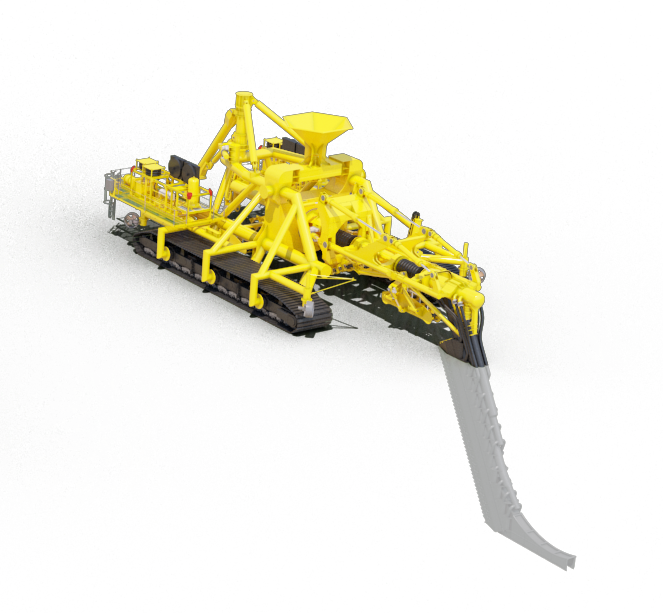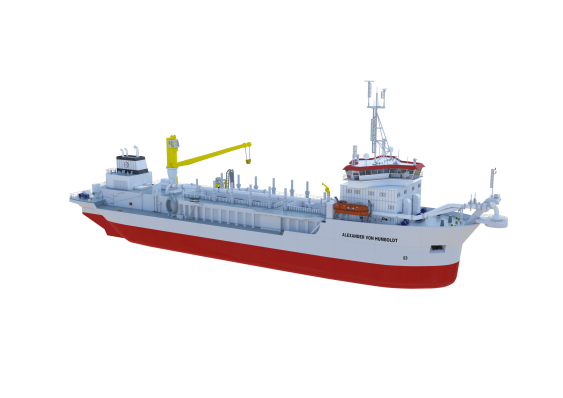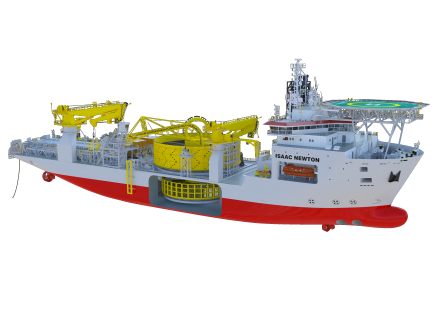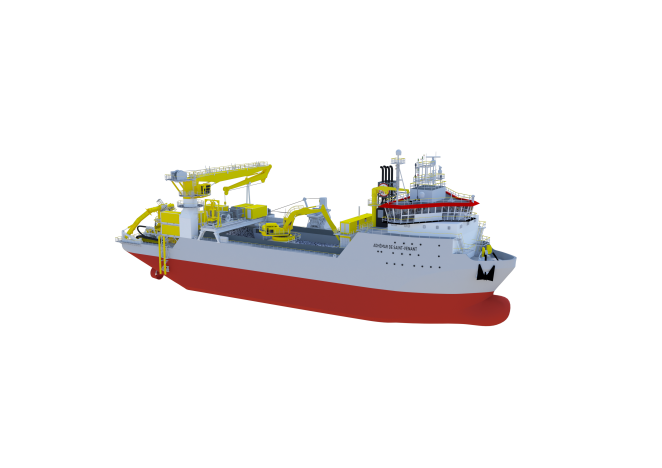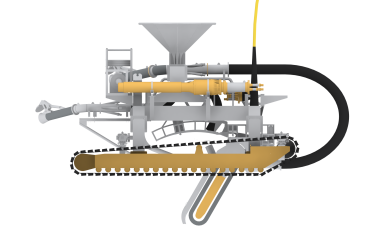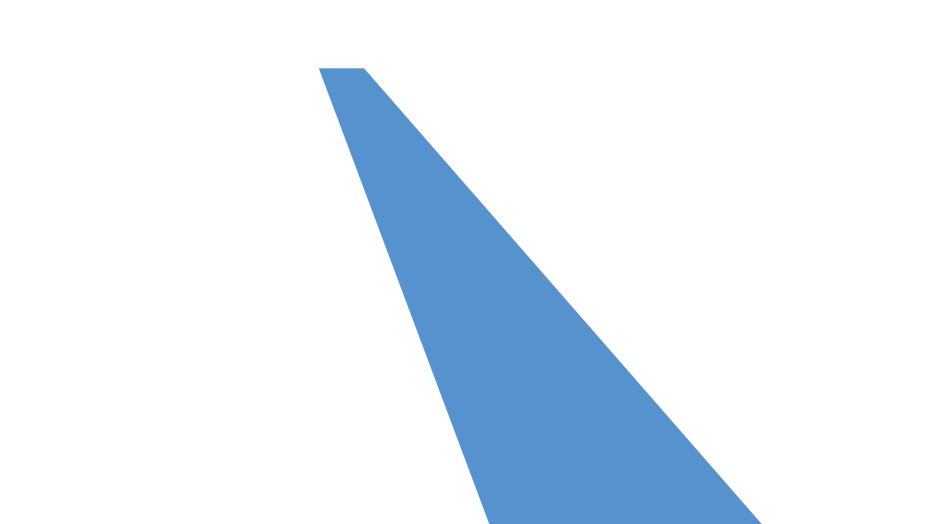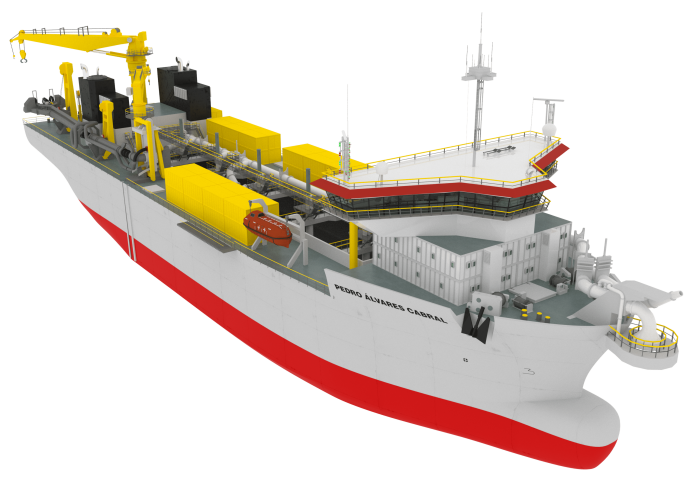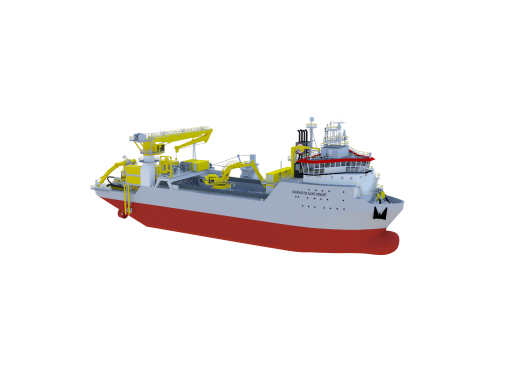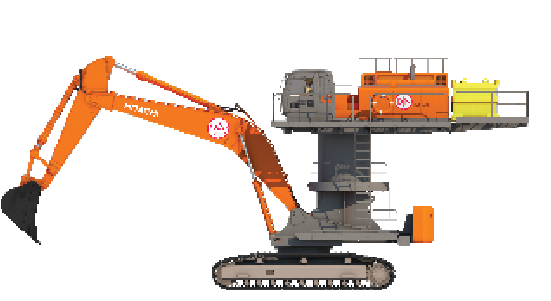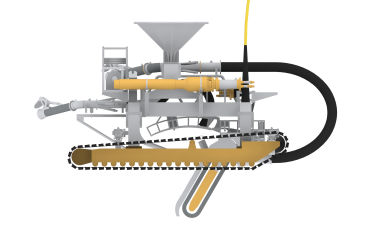


More technical details?
Check out our website.
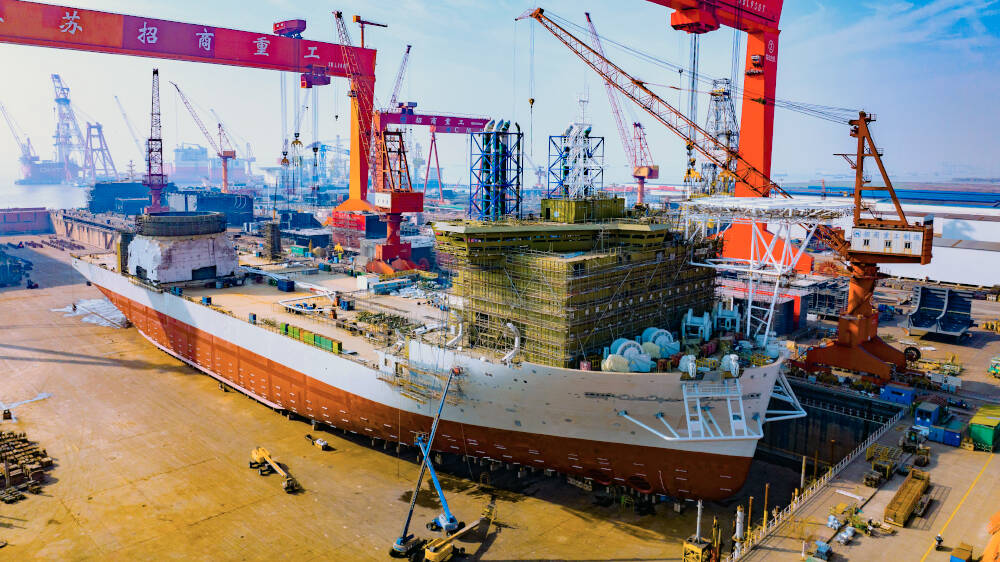




“We don’t send out our people unprepared. With a high-tech crane simulator, we train them for upcoming assignments. This increases both safety and efficiency. But our colleagues are not the only ones who benefit from the simulator. It also gives our clients a good idea of what exactly the Voltaire is capable of. And for Marine Warranty Surveyors that need to authorise operations, it inspires trust.”
Bart Basten, Senior Superintendent Training
Les Alizés is the largest Heavy Lift Vessel in our fleet. Its main purpose: installing Next Gen monopiles with extreme accuracy in a safe and efficient way. The 5,000-ton tub mounted crane is one of the largest in its class and makes Les Alizés ready to handle all future offshore wind energy projects.
Les Alizés, ready to lift XXL wind turbine components






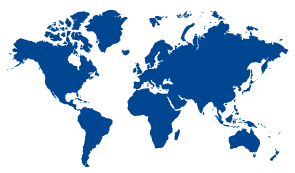



-Jan Van de Velde-
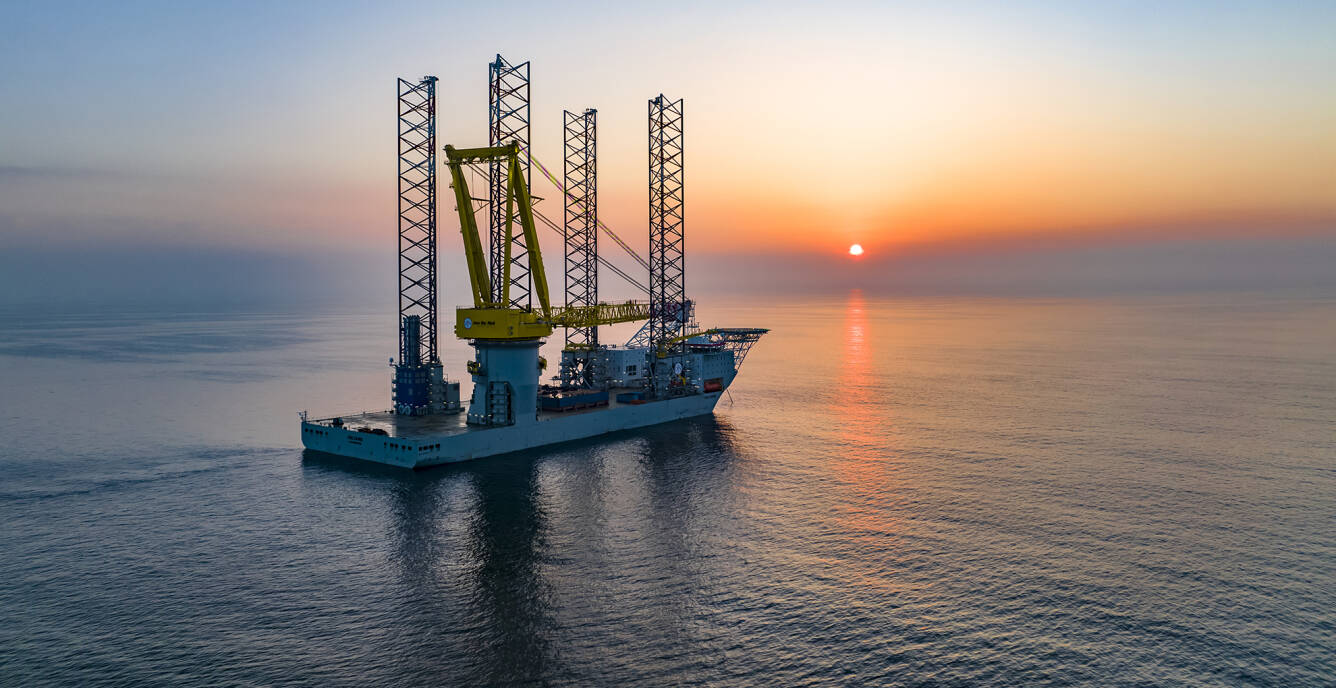

Jan Van de Velde: “The vessel is being equipped for duty as we speak, but it will be a new sight for all of us. Because of ongoing lockdowns in China, where the Voltaire was built, only our on-site team knows what the vessel looks like in real life. Not even we have seen her, which is obviously highly unusual. We suffered a slight setback due to typhoon Muifa but Voltaire is on schedule for the start of her maiden project in spring 2023.”
When do we get to see the Voltaire?

Rutger Standaert: “We don’t follow the trend of using LNG as an alternative fuel, because you still emit an equal amount of harmful products. Our new vessels still use diesel or biodiesel to power their engines, but we’ve fully optimised the process. Thanks to an advanced exhaust filtering system and Diesel Particulate Filter, the Voltaire will be the first certified ultra-low emission vessel (ULEv) of her kind.”
The vessel is also among the most environmentally friendly. Can you explain?
Jan Van de Velde: “The jack-up system can lift up to 16,000 tons of useful cargo out of the water in a single go – equivalent to more than 40 Boeing 747. Due to the vessel’s bigger size, we can also ship 5 of the next generation 15 MW wind turbines in one trip. Those aren’t just cute figures; for project owners, it can mean the difference between a strong business case and a distant dream.”

What other traits make the Voltaire unique?
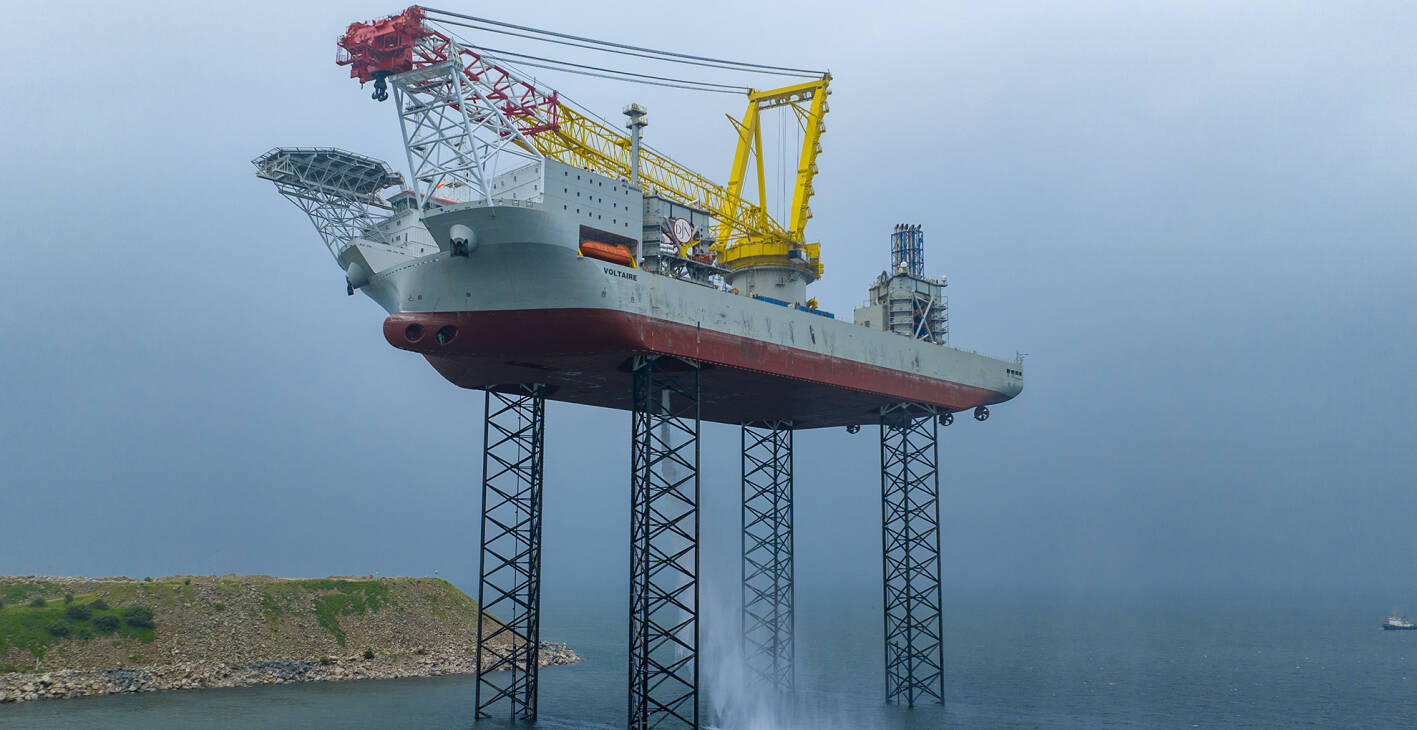

Rutger Standaert: “Thanks to those legs, the Voltaire can effectively operate at a water depth of 80 meters. In other words, we can install wind turbines further at sea than any other company, unlocking a whole new area for energy purposes. Off the Scottish coast, for example, expensive floating windfarms are often the only way to tap into offshore wind. The water is too deep for fixed windfarms, but the Voltaire can offer new opportunities.”
Why does the vessel need such long legs?

Rutger Standaert: “A jack-up vessel has long legs. While it looks quite straightforward to design and construct these, it’s not. Optimal performance implies a tolerance of just a few millimeters. For legs that are 130 meters long, that’s a tough nut to crack.”
Can you give an example of that steep learning curve?
Statue of Liberty
93 meters
Future blades
120 meters
Today’s blades
107 meters
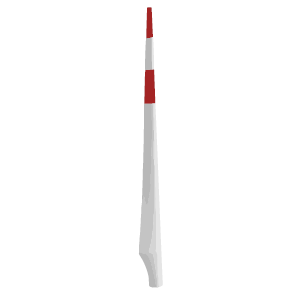

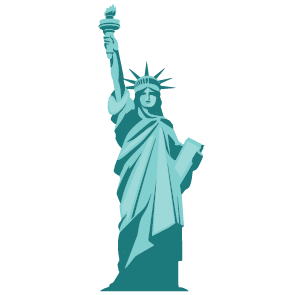

Rutger Standaert: “The bigger the turbine, the more power you generate. This simple rule has been shaping the offshore wind industry since its early days. Consequently, technological limits are constantly being pushed. To illustrate, today’s blades are up to 107 meters long – 14 meters more than the Statue of Liberty. And soon, we’ll reach the 120-meter mark to generate up to 20 MW. But that’s all tech for tech’s sake if you can’t get those turbines out to sea and installed properly. That’s why, in 2019, we invested 600 million euro in 2 next-gen vessels – the Voltaire being one of them.”
Jan Van de Velde: “With that decision, we are now years ahead of our main competitors. Although they’ve commissioned similar vessels in the meantime, it’ll be difficult to close the gap. That’s undoubtedly one of the benefits of being a family business. Decisions don’t take much time.”
Jan Van de Velde: “What we aimed for simply didn’t exist. Moreover, we felt that we had acquired enough in-house know-how and expertise to go solo. So, we took over what worked well on other jack-up vessels and started figuring out ways to tackle the issues that limited payload capacity. For example, the shape of the vessel is a key factor for on-deck stability. Our team started drawing and calculating until we came up with solutions for every single issue. It was a steep learning curve, but we managed.”
Unlike previous jack-up vessels, you built this one yourselves. Why?


The French writer and philosopher Voltaire once said: ‘Doubt is an uncomfortable position, but certainty is a ridiculous one’. In other words, regularly question yourself and the world around you. And dare to take a leap every now and then. That’s exactly what we did, together with some of our key partners. Already years ago, Jan De Nul invested in a unique jack-up vessel to turn their landmark energy projects into a success. Voltaire dedicated his life to enlightening his people, and now lives on to literally bring light to the generations that follow.
From scorching heatwaves in Europe to unusually heavy downpours in Bangladesh, extreme weather events have caused widespread upheaval across the globe recently. To turn the tide, dozens of countries – including the biggest polluters (China, the United States, and the European Union) – accelerate in achieving their net-zero targets. A common thread in those efforts: going all in on renewable energy. Mainly offshore wind energy is becoming an increasingly large part of the energy mix. More and more public and private organisations are pushing the technological limits to build bigger windfarms. If only there was a jack-up vessel that could keep up with the ambitions.
A crane simulator to boost confidence
Jan Van de Velde, Head of Newbuilding Department
Rutger Standaert, Manager Vessel Construction
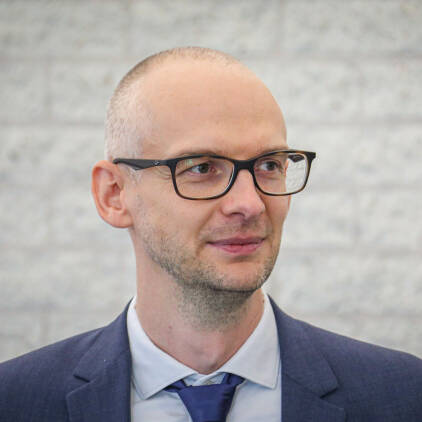
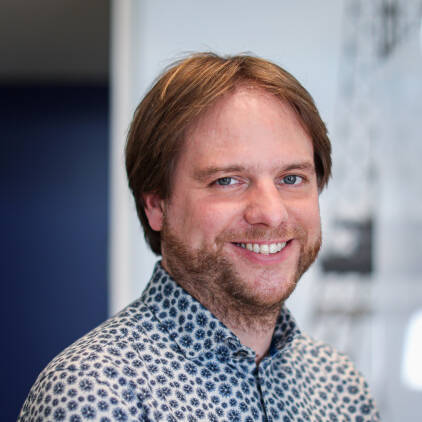
Bigger.
More reliable.
Cleaner.
When did the Group first notice the industry’s need for larger jack-up vessels?
With the Voltaire almost ready for action, it’s time to reveal the vessel’s unique traits to the outside world. And who better to do the honors than Jan Van de Velde and Rutger Standaert, two of our group’s most skilled experts when it comes to building new vessels.
What will be the Voltaire’s first assignment?
Jan Van de Velde: “Dogger Bank, off the English coast. This 3.6 GW windfarm is set to be the world’s largest offshore windfarm when completed. It will generate enough energy to power over 6 million UK homes. The Voltaire will be one of the stars of the show for the next 3 years. And many years after that through other projects.”

MW
GW
GW

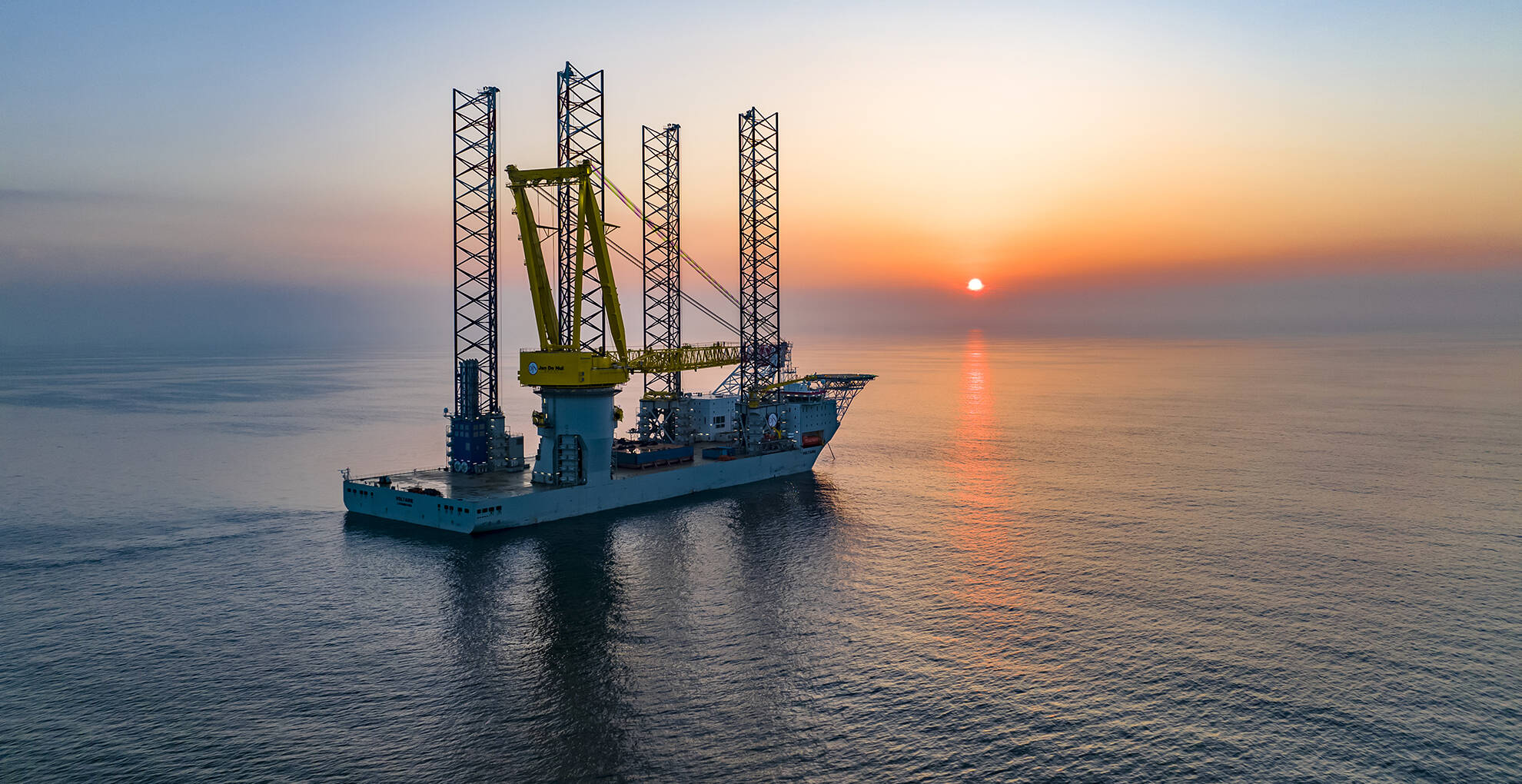


Capacity potential of the entire global project pipeline: 368 GW.
Global installed capacity grew to more than 50 GW from 257 operating projects.

A record year for deployment with 17,398 MW of new projects commissioned.
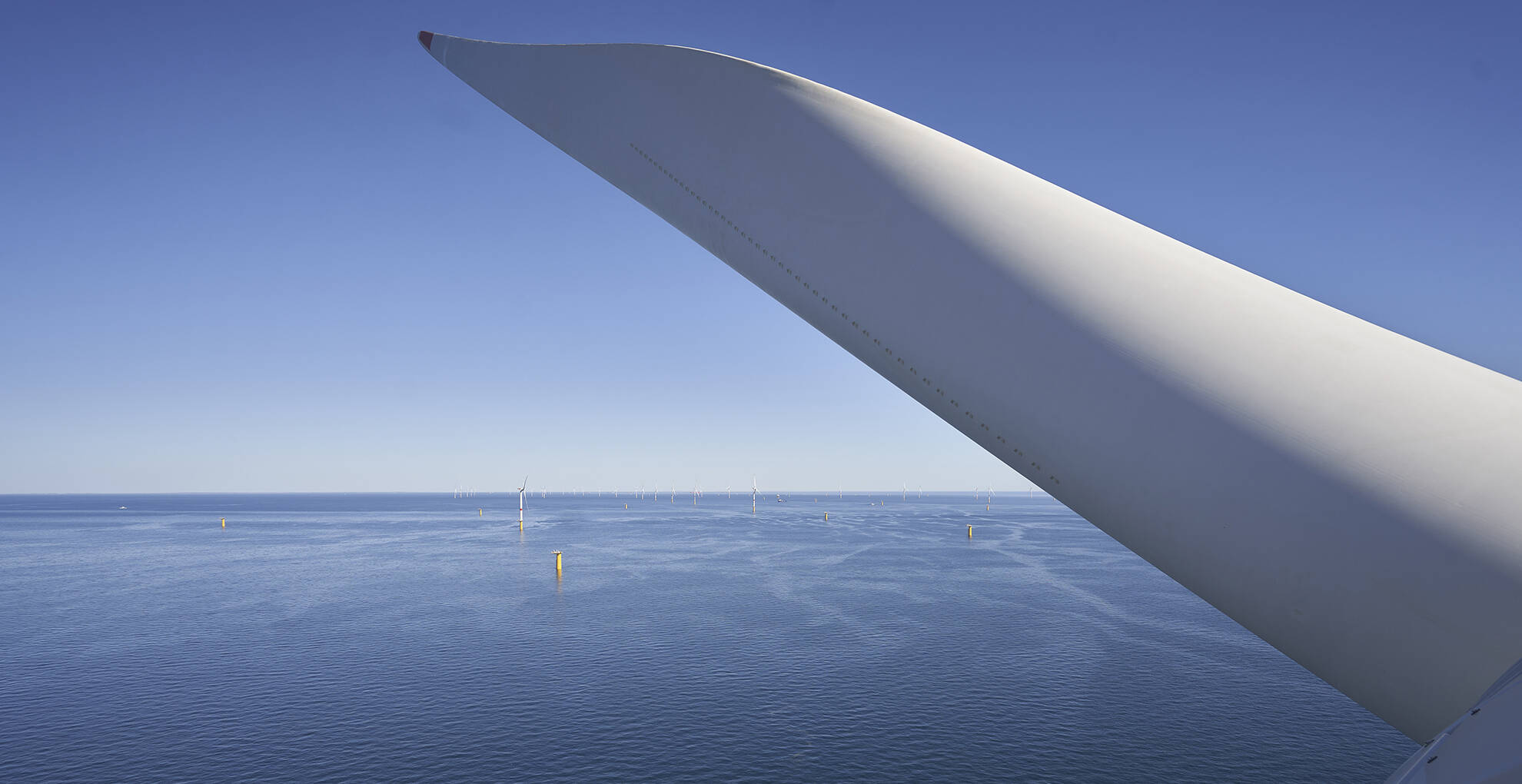
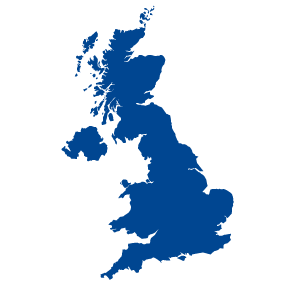
-Jan Van de Velde-
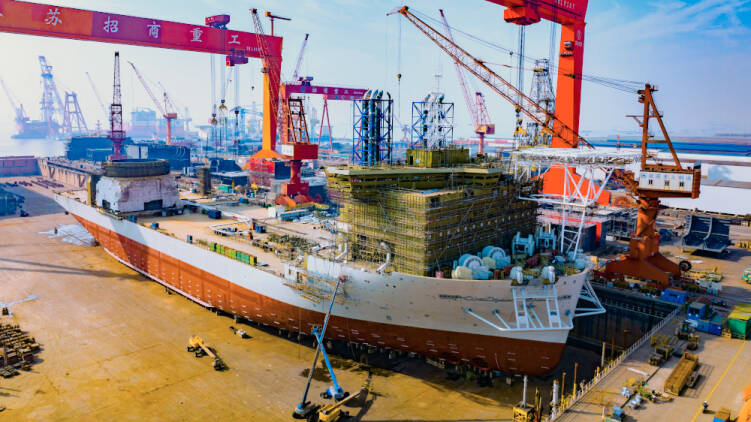


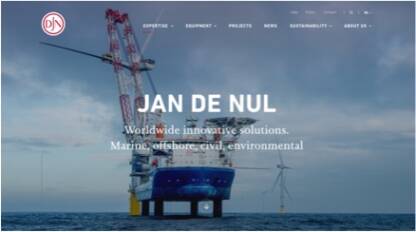
More technical details?
Check out our website.
Les Alizés is the largest Heavy Lift Vessel in our fleet. Its main purpose: installing Next Gen monopiles with extreme accuracy in a safe and efficient way. The 5,000-ton tub mounted crane is one of the largest in its class and makes Les Alizés ready to handle all future offshore wind energy projects.
Les Alizés, ready to lift XXL wind turbine components
“We don’t send out our people unprepared. With a high-tech crane simulator, we train them for upcoming assignments. This increases both safety and efficiency. But our colleagues are not the only ones who benefit from the simulator. It also gives our clients a good idea of what exactly the Voltaire is capable of. And for Marine Warranty Surveyors that need to authorise operations, it inspires trust.”
Bart Basten, Senior Superintendent Training
A crane simulator to boost confidence







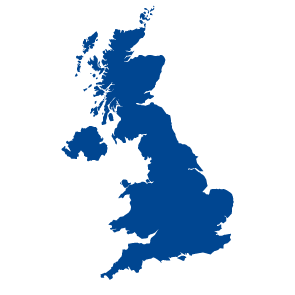
When did the Group first notice the industry’s need for larger jack-up vessels?
When do we get to see the Voltaire?
Jan Van de Velde: “Dogger Bank, off the English coast. This 3.6 GW windfarm is set to be the world’s largest offshore windfarm when completed. It will generate enough energy to power over 6 million UK homes. The Voltaire will be one of the stars of the show for the next 3 years. And many years after that through other projects.”
What will be the Voltaire’s first assignment?

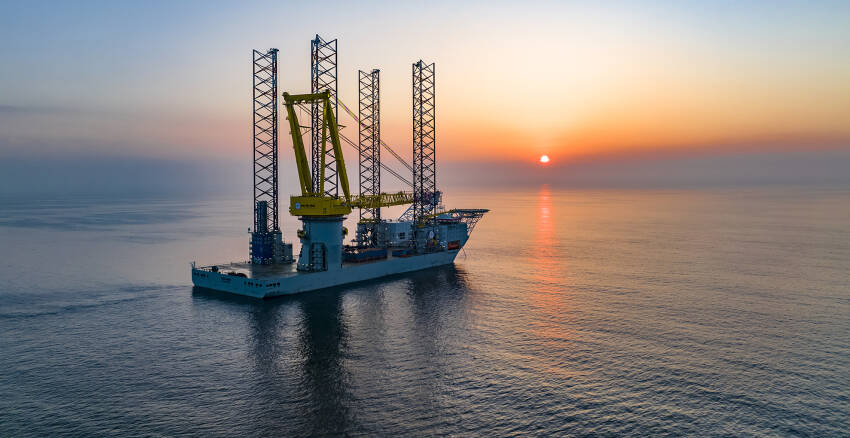
-Jan Van de Velde-
Jan Van de Velde: “The vessel is being equipped for duty as we speak, but it will be a new sight for all of us. Because of ongoing lockdowns in China, where the Voltaire was built, only our on-site team knows what the vessel looks like in real life. Not even we have seen her, which is obviously highly unusual. We suffered a slight setback due to typhoon Muifa but Voltaire is on schedule for the start of her maiden project in spring 2023.”

Rutger Standaert: “We don’t follow the trend of using LNG as an alternative fuel, because you still emit an equal amount of harmful products. Our new vessels still use diesel or biodiesel to power their engines, but we’ve fully optimised the process. Thanks to an advanced exhaust filtering system and Diesel Particulate Filter, the Voltaire will be the first certified ultra-low emission vessel (ULEv) of her kind.”
The vessel is also among the most environmentally friendly. Can you explain?

Jan Van de Velde: “The jack-up system can lift up to 16,000 tons of useful cargo out of the water in a single go – equivalent to more than 40 Boeing 747. Due to the vessel’s bigger size, we can also ship 5 of the next generation 15 MW wind turbines in one trip. Those aren’t just cute figures; for project owners, it can mean the difference between a strong business case and a distant dream.”
What other traits make the Voltaire unique?

Rutger Standaert: “Thanks to those legs, the Voltaire can effectively operate at a water depth of 80 meters. In other words, we can install wind turbines further at sea than any other company, unlocking a whole new area for energy purposes. Off the Scottish coast, for example, expensive floating windfarms are often the only way to tap into offshore wind. The water is too deep for fixed windfarms, but the Voltaire can offer new opportunities.”
Why does the vessel need such long legs?

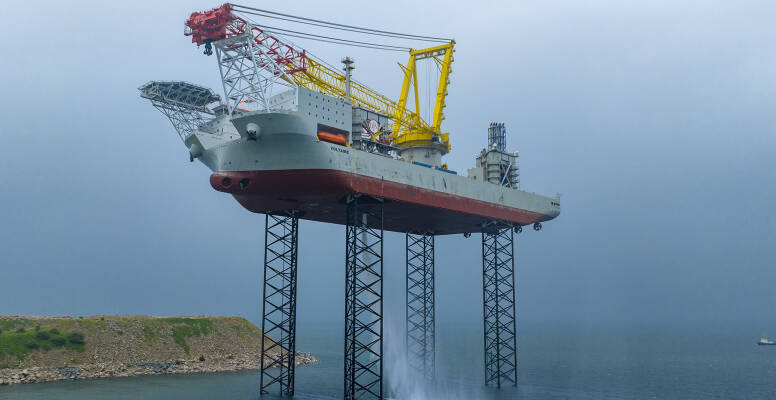
-Jan Van de Velde-
Can you give an example of that steep learning curve?
Rutger Standaert: “A jack-up vessel has long legs. While it looks quite straightforward to design and construct these, it’s not. Optimal performance implies a tolerance of just a few millimeters. For legs that are 130 meters long, that’s a tough nut to crack.”

Jan Van de Velde: “What we aimed for simply didn’t exist. Moreover, we felt that we had acquired enough in-house know-how and expertise to go solo. So, we took over what worked well on other jack-up vessels and started figuring out ways to tackle the issues that limited payload capacity. For example, the shape of the vessel is a key factor for on-deck stability. Our team started drawing and calculating until we came up with solutions for every single issue. It was a steep learning curve, but we managed.”

Unlike previous jack-up vessels, you built this one yourselves. Why?
Statue of Liberty
93 meters
Future blades
120 meters
Today’s blades
107 meters



Rutger Standaert: “The bigger the turbine, the more power you generate. This simple rule has been shaping the offshore wind industry since its early days. Consequently, technological limits are constantly being pushed. To illustrate, today’s blades are up to 107 meters long – 14 meters more than the Statue of Liberty. And soon, we’ll reach the 120-meter mark to generate up to 20 MW. But that’s all tech for tech’s sake if you can’t get those turbines out to sea and installed properly. That’s why, in 2019, we invested 600 million euro in 2 next-gen vessels – the Voltaire being one of them.”
Jan Van de Velde: “With that decision, we are now years ahead of our main competitors. Although they’ve commissioned similar vessels in the meantime, it’ll be difficult to close the gap. That’s undoubtedly one of the benefits of being a family business. Decisions don’t take much time.”

With the Voltaire almost ready for action, it’s time to reveal the vessel’s unique traits to the outside world. And who better to do the honors than Jan Van de Velde and Rutger Standaert, two of our group’s most skilled experts when it comes to building new vessels.
Bigger.
More reliable.
Cleaner.
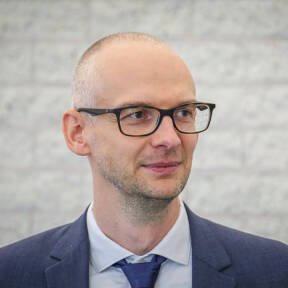








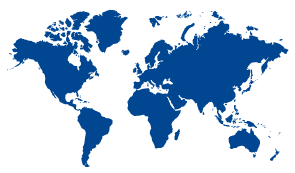
Capacity potential of the entire global project pipeline: 368 GW.
Global installed capacity grew to more than 50 GW from 257 operating projects.
A record year for deployment with 17,398 MW of new projects commissioned.
GW
GW
MW

The French writer and philosopher Voltaire once said: ‘Doubt is an uncomfortable position, but certainty is a ridiculous one’. In other words, regularly question yourself and the world around you. And dare to take a leap every now and then. That’s exactly what we did, together with some of our key partners. Already years ago, Jan De Nul invested in a unique jack-up vessel to turn their landmark energy projects into a success. Voltaire dedicated his life to enlightening his people, and now lives on to literally bring light to the generations that follow.
From scorching heatwaves in Europe to unusually heavy downpours in Bangladesh, extreme weather events have caused widespread upheaval across the globe recently. To turn the tide, dozens of countries – including the biggest polluters (China, the United States, and the European Union) – accelerate in achieving their net-zero targets. A common thread in those efforts: going all in on renewable energy. Mainly offshore wind energy is becoming an increasingly large part of the energy mix. More and more public and private organisations are pushing the technological limits to build bigger windfarms. If only there was a jack-up vessel that could keep up with the ambitions.
Jan Van de Velde, Head of Newbuilding Department
Rutger Standaert, Manager Vessel Construction









